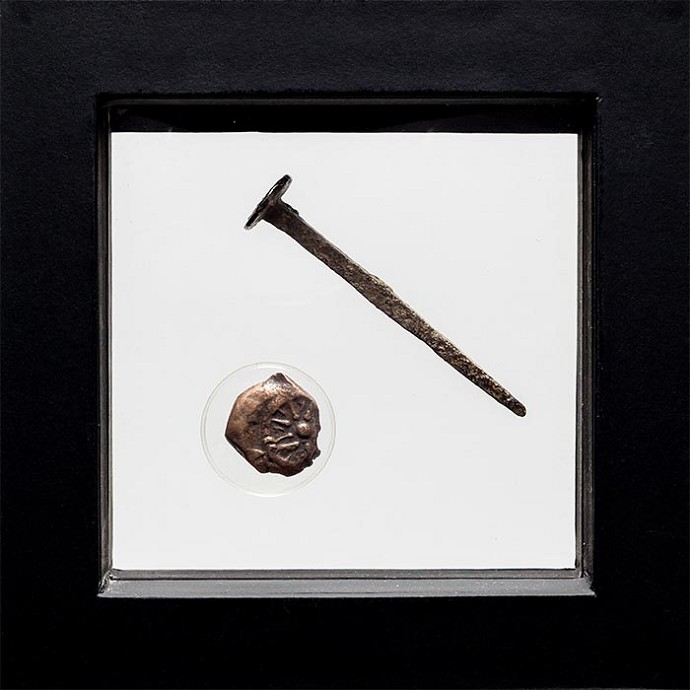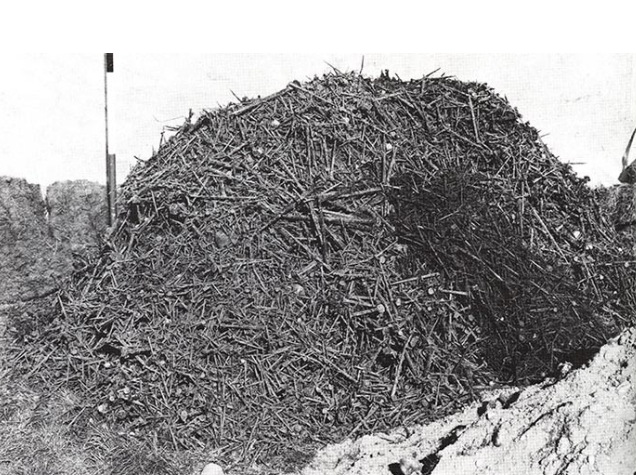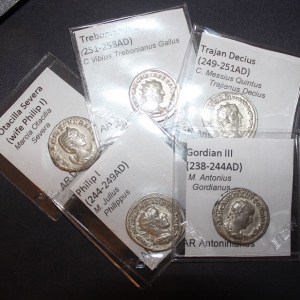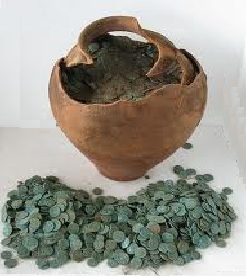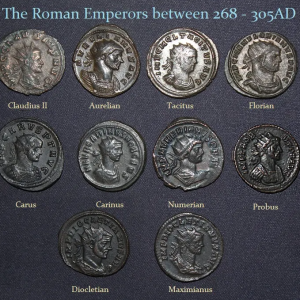Judaean Æ Widow Mites are perhaps the most sought-after Biblical coins of all time. They take their name from the Biblical lesson that Jesus makes there at the Temple.
The bronze mite, also known as a Lepton (meaning small), was first minted by Alexander Jannaeus, King of Judaea, (103-76 BC), and was still in circulation at the time of Jesus. The Lesson of the widow’s mite was presented in the Synoptic Gospels (Mark 12:41-44, Luke 21:1-4), in which Jesus was teaching at the Temple in Jerusalem. The Gospel of Mark specifies that two mites (Greek lepta) are together worth a quadrans, the smallest Roman coin. A lepton was the smallest and least valuable coin in circulation in Judea, worth about six minutes of an average daily wage.
“He sat down opposite the treasury and observed how the crowd put money into the treasury. Many rich people put in large sums. A poor widow also came and put in two small coins worth a few cents. Calling his disciples to himself, he said to them, “Amen, I say to you, this poor widow put in more than all the other contributors to the treasury. For they have all contributed from their surplus wealth, but she, from her poverty, has contributed all she had, her whole livelihood.’”
In the passage immediately prior to Jesus taking a seat opposite the Temple treasury, he is portrayed as condemning religious leaders who feign piety, accept honor from people, and steal from widows.
“Beware of the scribes, who like to go around in long robes and accept greetings in the marketplaces, seats of honor in synagogues, and places of honor at banquets. They devour the houses of widows and, as a pretext, recite lengthy prayers. They will receive a very severe condemnation.”
The same religious leaders who would reduce widows to poverty also encourage them to make pious donations beyond their means. Jesus is actually condemning both the social system that renders her poor, and the value system that motivates her action, and he condemns the people who conditioned her to do it.
The account of the widow’s mite is followed by, “As he was making his way out of the temple area one of his disciples said to him, ‘Look, teacher, what stones and what buildings!’ Jesus said to him, “Do you see these great buildings? There will not be one stone left upon another that will not be thrown down.’”
Indeed, the Temple eventually was destroyed in the year 70 AD. Hence, the widow’s gift to support the lofty clergy was not only misguided but for nothing for the great stones were indeed destroyed.
We have created a very unique gift framing a Widow Mite with a 1st-century Roman Iron Nail. This hoard of Roman Nails was discovered during the 1960s. They are documented from the 1st century at the time of the Crucifixion. While most of the nails were retained by the museums after the discovery, a small portion was allowed to be sold privately. This hoard was buried to prevent others from finding them. Barbarian tribes would have melted them down to make weapons and shields. Iron was a valuable metal to many of the barbarian tribes. Hence, this hoard was a remarkable find from the 1960s. They finally allowed some to be sold only in 1999.

